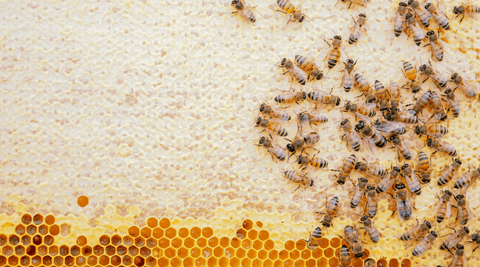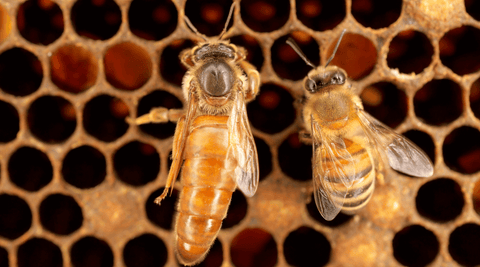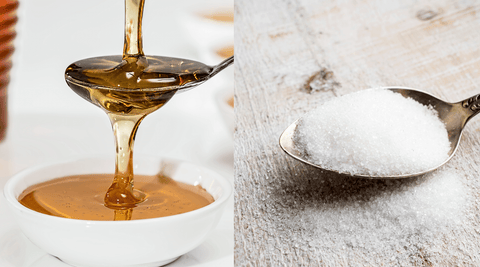 Honey, that golden elixir revered by cultures across the globe, is not just a delectable sweetener but a product of intricate teamwork within the fascinating world of honeybees. Let's embark on a journey into the heart of the hive to unravel the mesmerizing process of honey-making.
Honey, that golden elixir revered by cultures across the globe, is not just a delectable sweetener but a product of intricate teamwork within the fascinating world of honeybees. Let's embark on a journey into the heart of the hive to unravel the mesmerizing process of honey-making.
The Cast of Characters:
Our story begins with the incredible cast of characters in a beehive: worker bees, drones, and the queen. Each plays a unique role in the grand production of honey.
- Worker Bees: The Industrious Foragers
The worker bees are the backbone of the hive, and their journey to create honey starts with foraging. Venturing into meadows and gardens, they collect nectar from flowers using their proboscis, a straw-like tongue. These diligent workers are essential pollinators, transferring pollen from one flower to another, ensuring the reproduction of plants.
- The Nectar Collection: Nature's Sweet Elixir
As the worker bees collect nectar, they store it in a special pouch-like structure called the crop. Enzymes in their saliva begin breaking down complex sugars in the nectar into simpler sugars. This process starts the transformation of raw nectar into honey.
- Honeydew Harvesting: An Alternative Source
Some bees also collect honeydew, a sugary substance produced by sap-sucking insects like aphids. They convert honeydew into honey through a similar process, making it an alternative source of this sweet treat.
- The Honey Factory: Transforming Nectar into Honey
Back at the hive, the worker bees pass the nectar to house bees through a process of regurgitation. House bees further break down the nectar with enzymes and store it in honeycomb cells. The bees fan the cells with their wings, accelerating the water evaporation process, and reducing the moisture content of the nectar to about 17-20%. Once the desired consistency is achieved, voilà! Nectar becomes honey.
- Capping the Treasure: Sealing the Honeycomb Cells
When the honey reaches the right moisture content, the bees cap the honeycomb cells with beeswax. This seals the honey, protecting it from additional moisture and ensuring its long-term storage.







Comments (0)
There are no comments for this article. Be the first one to leave a message!